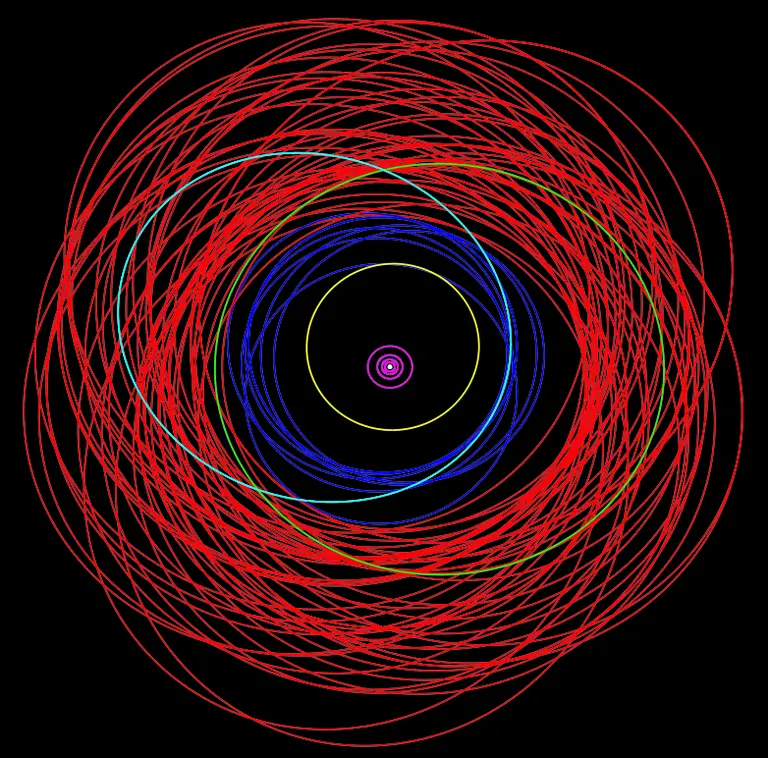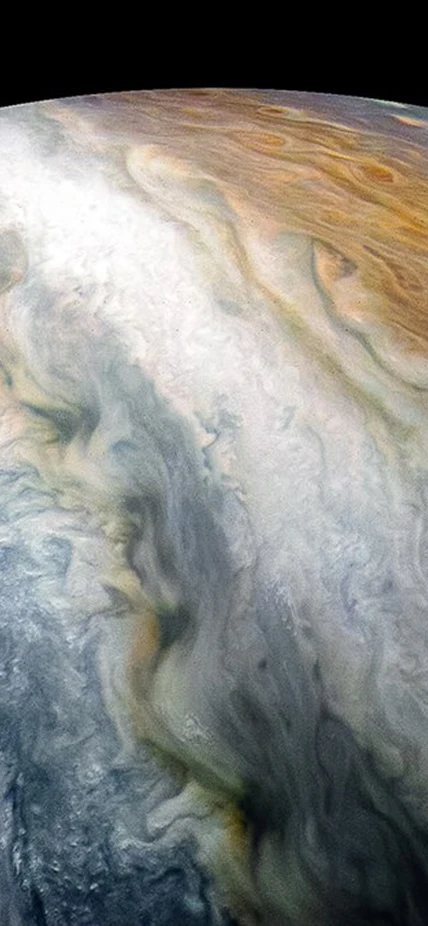Washington, DC—Jupiter has once again taken the lead in the lunar headcount with the discovery of 12 new moons by Carnegie’s Scott Sheppard, bringing its total to 92. The International Astronomical Union’s Minor Planet Center announced the new satellites in late January.
The recently discovered satellites were found as part of Sheppard and his collaborator’s survey for distant planets and other bodies that orbit the Sun beyond Pluto. This team in 2014 suggested the idea that an as-yet-undiscovered massive planet could be lurking on the fringes of the Solar System, shaping the orbits of these extreme objects beyond Neptune.
As the researchers scanned for far out, slow-moving objects in the outer Solar System, they were serendipitously able to detect the newfound Jovian moons within their field of observation.
“Jupiter can be thought of as a sort of mini-Solar System itself, because its gravity controls thousands of small bodies,” Sheppard explained. “Only the Sun has had more influence than Jupiter on the shape of our planetary neighborhood.”
Sheppard says that he and his collaborators are tracking “many” more moon candidates around gas giants Jupiter and Saturn, but it takes a full year of observations to officially confirm them. So, stay tuned for more announcements from the team in the near future.
They also believe there are undiscovered moons orbiting the ice giants Uranus and Neptune. However, their extreme distance makes lunar discoveries more challenging.
Sheppard has discovered dozens of moons around the outer Solar System’s giant planets—at least one around each—including 12 Jovian moons in 2018 and 20 Saturnian moons in 2019.

“Saturn reigned as the Solar System’s ‘moon king’ for just over four years but has now been dethroned by the Minor Planet Center’s confirmation of our discoveries,” Sheppard said.
Jupiter’s newly discovered moons were found using Carnegie’s 6.5-meter Magellan telescope in Chile, the 8-meter Subaru telescope atop Mauna Kea in Hawaii, and the Blanco 4-meter telescope with the Dark Energy Camera at Cerro Tololo Inter-American Observatory in Chile and operated by the U.S. National Science Foundation
“We imaged right up to the Galilean moons and went deeper than any previous survey previously, enabling us to detect moons down to about 1 kilometer in size,” Sheppard explained. “We hope that in the future the European Space Agency’s Jupiter Icy moons Explorer, called JUICE, or NASA’s Europa Clipper spacecraft will be able to get close-up images of one of these moons once they arrive in Jupiter’s area in the coming years, gathering information that we will be able to use to better understand the processes that formed the giant planets from the rotating disk of gas and dust that surrounded our Sun in its youth.”
